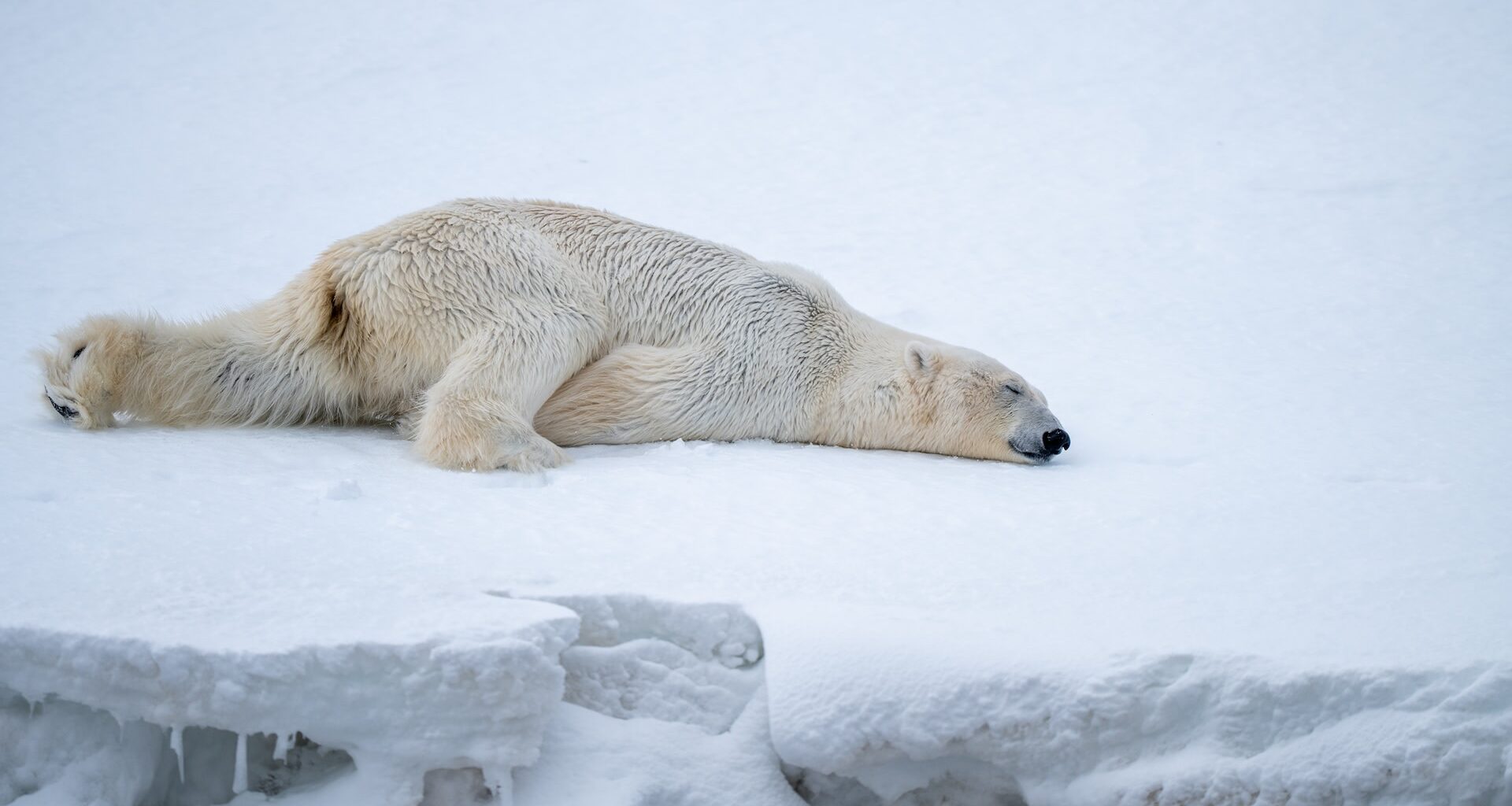The large amounts of melting sea ice due to rising global temperatures are impacting polar bears’ ability to hunt for seals, forcing them to adapt to new ways of finding food.
However, these alternative food options are much less nutritious and scarce, resulting in cases of alarming weight loss, Glass Almanac reported.
What’s happening?
A group of Canadian scientists attached GoPro cameras to GPS collars on 20 polar bears in the Hudson Bay area in northeastern Canada. The scientists studied the footage and observed how polar bears are adapting to rapidly melting sea ice.
Over three years, the scientists observed how polar bears are collectively losing an alarming amount of weight. Of the 20 bears studied, 19 lost an average of 46 pounds over three weeks, according to Glass Almanac.
The loss of sea ice directly affects the bears’ ability to hunt for seals, an important food source that provides the bears with high-fat food for energy and warmth, allowing the bears to weather the cold, hunt for more food, and survive.
The footage shows the polar bears increasingly turning to food on land as hunting for seals becomes more difficult. On average, polar bears “now spend up to three weeks more on land each year compared to the early 1980s, when the ice was more stable and reliable for hunting,” per the Glass Almanac.
However, food on land — bird carcasses, berries, and other marine animals — does not provide the bears with enough nutrition to continue hunting and survive, leading to alarming rates of weight loss.
Why is melting sea ice concerning?
Rising global temperatures are melting sea ice rapidly, which contributes to rising sea levels. This can endanger coastal cities, putting them at risk of flooding or storm surges, and threatening the destruction of coastal infrastructure.
Increased global temperatures are also causing more water to evaporate, making extreme weather conditions, like heavy rains, winds, and storms, more frequent and intense.
New Mexico, a traditionally dry climate, has been experiencing heavy rainfall and flooding — as many states have recently.
What’s being done about rising sea levels?
Slowing the rate of global temperature increase can help keep sea levels at a safer level, mitigating the incidence and risk of extreme weather events. It also prevents sea ice from disappearing, allowing polar bears to continue hunting for food as they’ve done for generations.
On an individual level, you can effect change by educating yourself, family, and friends about critical climate issues and voting for climate-conscious leaders that put the health of the community and the planet at the forefront of their legislative efforts.
In a similar vein, find local organizations doing good and important work, and volunteer your time, money, or effort to support your community and the larger planet’s climate resiliency.
Each effort toward a healthier, more sustainable planet helps preserve the health and natural beauty of the world, ensuring future generations may get to live and experience the planet as we once did.
Join our free newsletter for good news and useful tips, and don’t miss this cool list of easy ways to help yourself while helping the planet.
